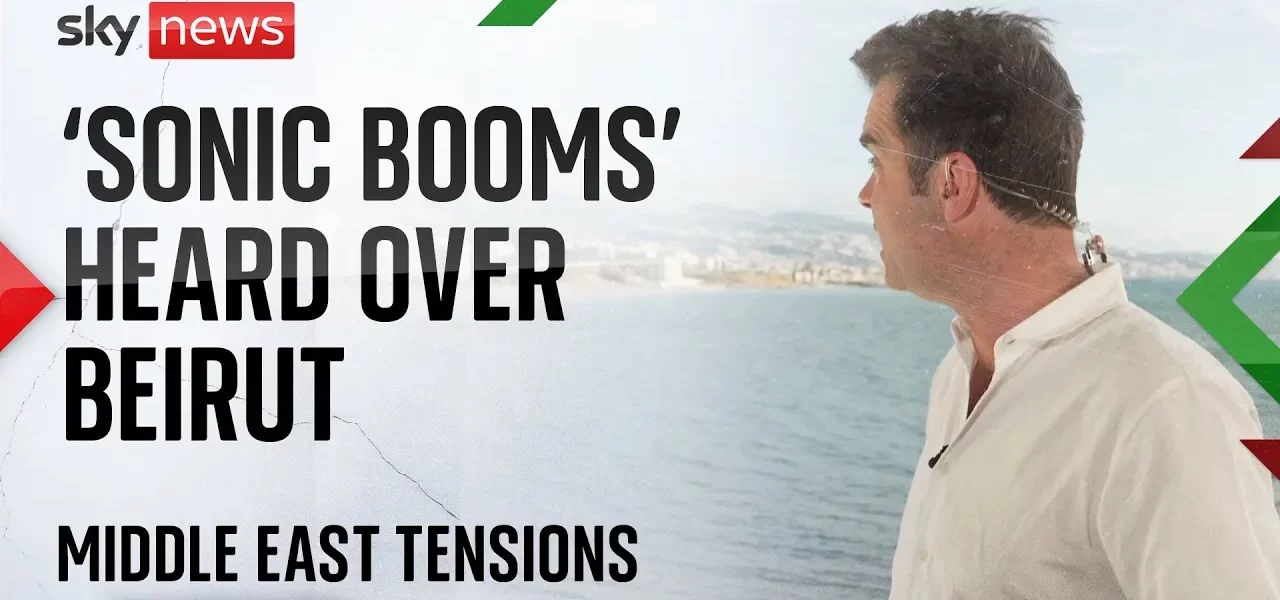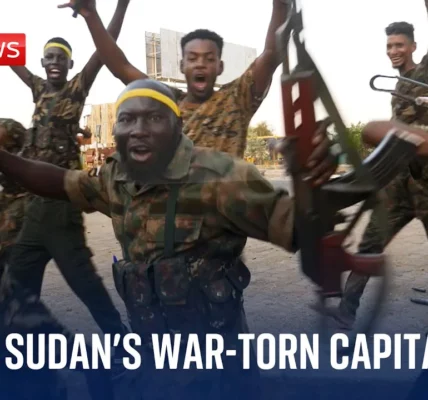Hassan Nasrallah’s Defiant Speech: Analysis of Recent Events in Lebanon

This article offers a comprehensive analysis of Hassan Nasrallah’s recent speech amidst rising tensions in Lebanon, including reports of explosions, military actions, and the implications of his statements. Our correspondent John Sparks provides insights into the current situation.
Introduction
The recent speech delivered by Hassan Nasrallah, the leader of Hezbollah, has drawn significant attention as it comes at a time of escalating military tensions in Lebanon. With reports of explosions and ongoing military actions, Nasrallah’s words carry weight not just locally but also in the broader geopolitical landscape. This article dissects his speech, the surrounding events, and the implications for Lebanon and its neighbors, along with insights from our international correspondent, John Sparks.
Overview of Hassan Nasrallah’s Speech
In his latest address, which he titled “Assessment of the Year,” Nasrallah focused on the recent events that have unfolded over the last few days. His speech can be characterized as both a declaration of defiance and a candid acknowledgment of failures within his leadership. Here are the critical elements of his address:
- Defiance and Anger: Nasrallah’s tone was robust and defiant, marked by undercurrents of anger, particularly in response to Israeli military actions.
- Gratitude to Medical Personnel: He expressed gratitude towards doctors, nurses, and clinics for their efforts in treating the injured, highlighting the humanitarian aspect amidst conflict.
- Acknowledgment of Failures: Notably, he admitted to significant failures in their operations, suggesting an introspective approach to leadership.
Context of the Speech
The backdrop of Nasrallah’s address is crucial to understanding its implications. Recent military activities, including airstrikes and explosions, have heightened tensions in the region.
The Explosions and Military Actions
During the speech, a loud explosion was reported, adding a dramatic layer to the proceedings. John Sparks, our correspondent on the ground, described hearing a significant blast, which coincided with the delivery of Nasrallah’s message.
Israeli Jet Activity
Reports of Israeli jets flying low over Beirut suggested an active military presence, which has historically been a source of tension between Lebanon and Israel. This military posturing plays a critical role in the regional dynamics:
- Potential for escalation: The presence of military jets can be seen as a signal of intent, increasing the likelihood of confrontation.
- Civilian impact: The sound of sonic booms from jets passing through the sound barrier can induce panic among the civilian population.
Key Messages from Nasrallah’s Address
Nasrallah’s speech contained several pivotal messages that reflect his strategy and outlook on the conflict:
Casualty Management
He claimed that the Israeli forces aimed to inflict high casualties, potentially targeting 5,000 individuals in a short span. However, he credited divine intervention and operational failures on the Israeli side for preventing such a tragedy.
Future Strategies
Nasrallah emphasized that committees would be convened to investigate their operational failures, indicating a willingness to adapt and learn from recent experiences. He also conveyed a message of resilience:
- Recognition of failures as a step towards improvement.
- Commitment to future victories, encapsulated in his statement, “One day we win, one day we lose.”
Conclusion
Hassan Nasrallah’s speech serves as a pivotal moment in the ongoing conflict in Lebanon, defining the current atmosphere of defiance and introspection. As regional tensions escalate, the implications of his address could resonate beyond Lebanon’s borders. Observers and analysts will continue to monitor the developments closely, particularly in light of the recent explosions and military actions. For those interested in staying updated on this situation, we recommend following our coverage and exploring related articles on military conflicts in the Middle East.
“`




